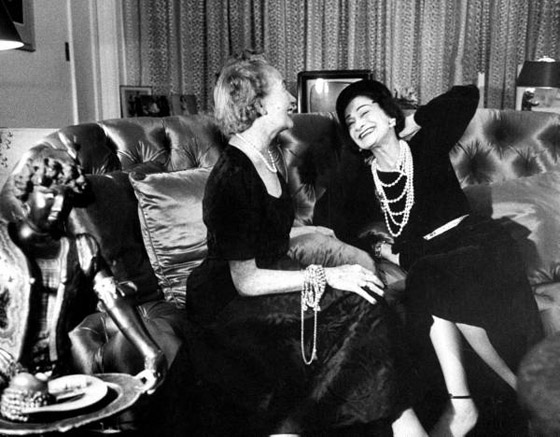
Voici le site: http://www.lexpress.mu/story/43098-le-coup-de-tete-de-zidane-en-sculpture-geante-devant-le-centre-pompidou.html
Le site que j’ai visite est un site de nouvelles françaises. En France le sport le plus populaire est le football. L’équipe national du France a gagne le FIFA coup du monde en 1998. Un des joueurs le plus célèbre de France est Zinedine Zidane. Il est célèbre a cause de l’incident de la coupe de tete contre Marco Materazzi. Cet incident est maintenu une sculpture géante devant le Centre Pompidou en Paris, France. Je trouve que ce “sculpture” est humoristique mais dans l’article du site il y a des gens qui expresses leurs concernes.
5 mots ou expressions:
“Coup de tete” – l’incident sommet du carrière de Zidane
“Ode a la défaite” – cet expression est vise aux sculpture
“Écopé d’un carton rouge” – est un expression quand un équipe est pénaliser pour leurs fautes.
“Emporté aux tirs au but” – sa veut dires que l’équipe a gagne a cause des penalties de l’autre équipe
“Plasticien” – un synonyme de “plastique”








